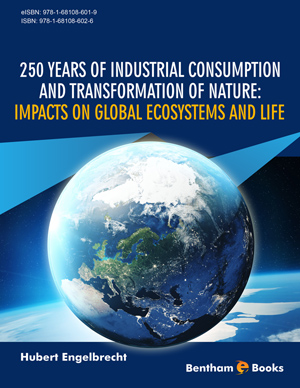Abstract
Mineral commodities1 are the backbone of the global economy and the base of secondary and tertiary industries. Growing economic demand and wealth founded on the life cycles of mines (from exploration to closure) and the life cycles of extracted matter (processing, refining, trading, consumption, and disposal). Industrial mining started in the second half of the 18th century in England, predominantly with coal and iron. This development spread over the world and got diversified; quantities of some commodities have increased a thousandfold since then. The quantity of mineral raw materials, mined and put into use in the USA increased by thirty-fold in the 20th century. Technical development since the 1980s increased the demand for diversity of mining products considerably. Global mining is controlled by ca. 10 enterprises. Description of geological settings, development, major extraction and mining sites, recent production numbers, estimated resources and reserves of mineral commodities, as well as numerous applications follow. They include energy carriers (hard coal, lignite, natural gas, petroleum, uranium, geothermal heat), ferro-alloy metals (e.g. iron, chrome, nickel), and non ferrous metals (e.g. copper, aluminium). The problem of strategic metals is addressed. Finally, the cumulative annual mass of extraction necessary to supply more than 7 billion persons is given.
Keywords: Economic backbone, Energy carriers, Geological settings, Material diversity, Material flows, Metals, Mineral commodities, Mining companies, Mining sites, Production reserves, Strategic metals.












